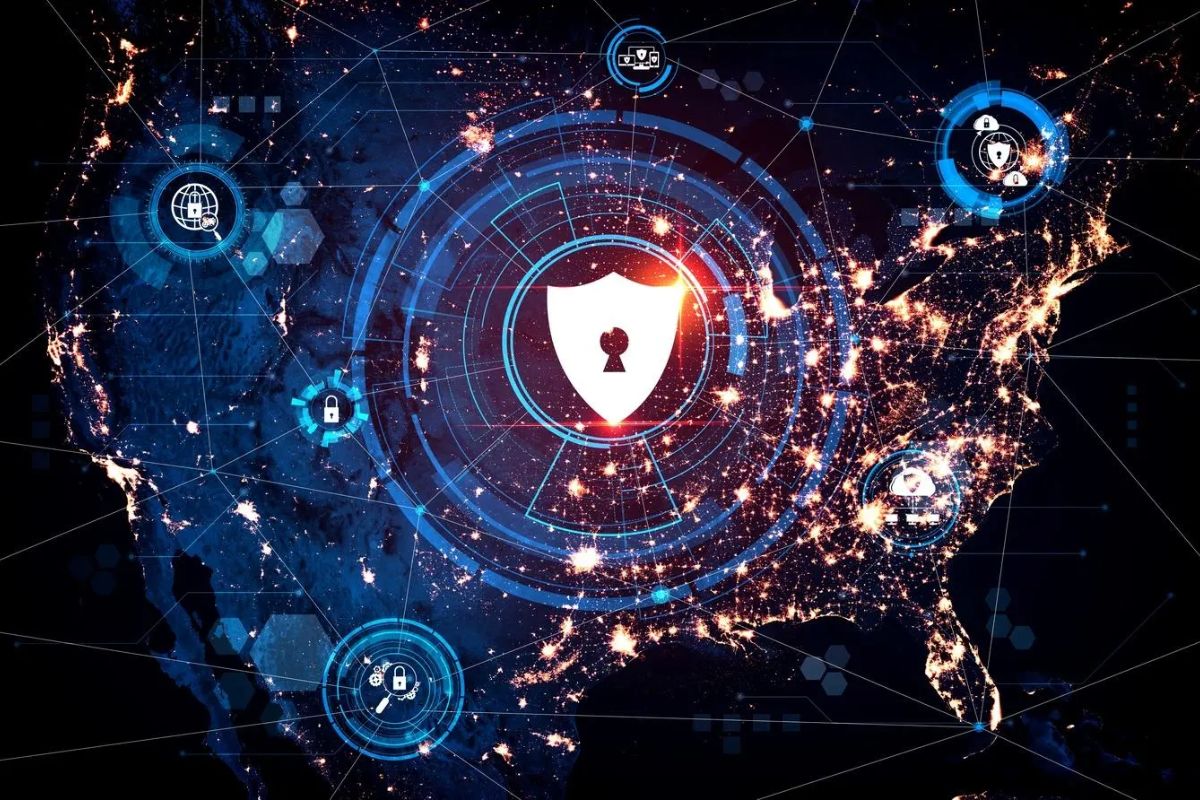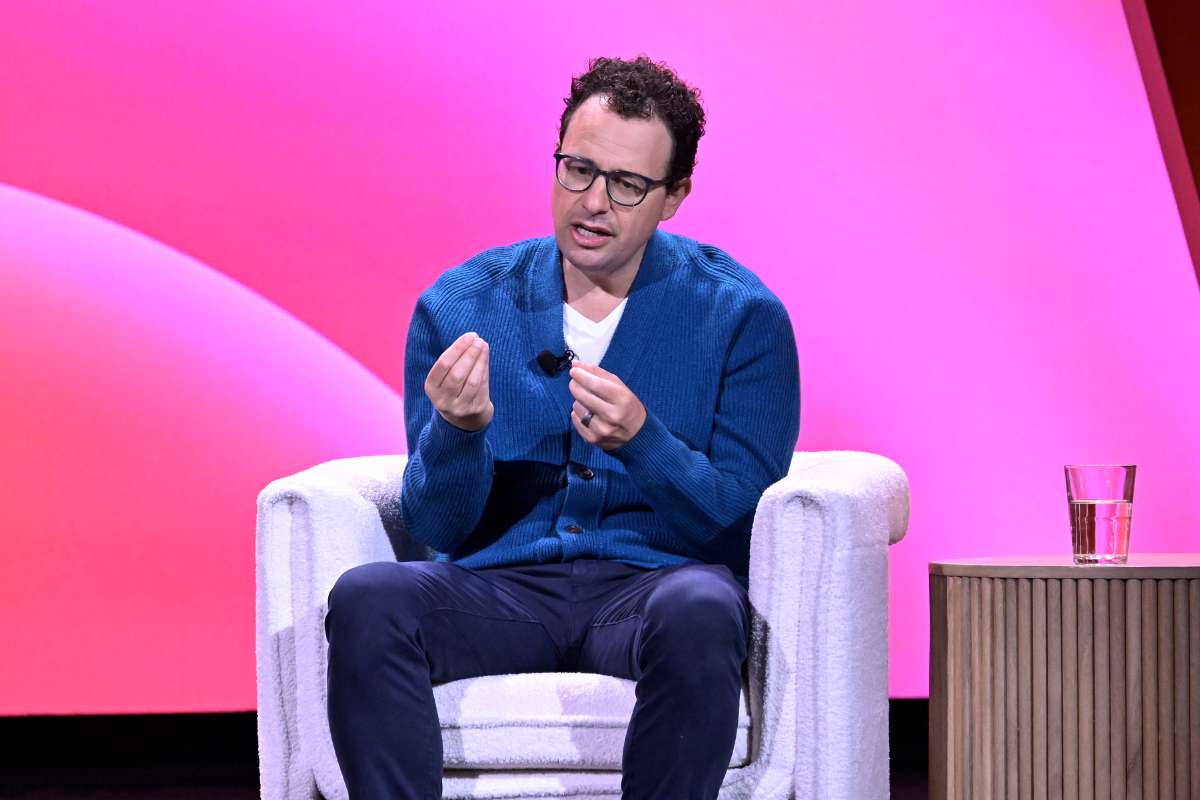Shifting Cybersecurity Landscape Under the New Administration of Evolving Digital Landscape
As former President Donald Trump returns to the White House, his administration faces a significantly transformed cybersecurity environment compared to his last term. The cyber-political landscape has undergone rapid changes, with new threats emerging and existing vulnerabilities escalating as a evolving Digital Landscape. During his previous tenure, Trump introduced the first national cybersecurity strategy in 15 years, emphasizing offensive cyber operations against rogue states and modernizing federal IT infrastructure to mitigate cyber risks. However, the past four years have seen the rise of sophisticated cyber threats, driven by developments in artificial intelligence (AI) and geopolitical tensions, necessitating a reassessment of national cyber resilience strategies.
Geopolitical conflicts in Europe and the Middle East have extended into cyberspace, escalating risks from ransomware, malware, and denial-of-service attacks. The Evolving Digital Landscape integration of AI into cyber operations has amplified both attack capabilities and defensive measures, with regulatory bodies struggling to keep pace. Disruptive attacks on critical infrastructure, such as the Colonial Pipeline ransomware incident and the exposure of Chinese infiltration in telecommunications networks, have prompted regulatory action aimed at strengthening software supply chain security and enforcing zero-trust architectures within federal agencies.
The Biden administration further advanced these efforts through the Cyber Incident Reporting for Critical Infrastructure Act (CIRCIA), mandating swift breach disclosures to enhance national defense. Now, the Trump administration must navigate these heightened challenges while defining its own approach to cybersecurity governance.
Regulatory Challenges and Policy Considerations
A key issue for the new administration of Evolving Digital Landscape will be balancing national cyber resilience with regulatory efficiency. Trump has expressed a strong focus on artificial intelligence, cryptocurrency, and strategic competition with China, suggesting potential policy shifts in these areas. However, tensions may arise between bolstering national security and minimizing regulatory constraints on businesses and technological innovation.
In the final days of his presidency, Joe Biden issued an executive order mandating the security of the federal software supply chain and integrating AI-driven cyber defense mechanisms. This directive also covered emerging risks such as space and satellite security, presenting a comprehensive framework that the incoming administration may choose to revise. Given Trump’s previous stance on decentralizing federal authority and reducing bureaucratic oversight, there is speculation that the order may be altered or replaced to align with Republican priorities.
However, the interconnected nature of cyber threats—where attacks can propagate across borders, industries, and public-private sectors—necessitates a collaborative approach, regardless of political ideology. Lessons from global regulatory frameworks, such as the European Union’s Second Network Information Security Directive (NIS2) and the Digital Operational Resilience Act (DORA), highlight the importance of unified cybersecurity standards and intelligence sharing in strengthening national defenses.
Enhancing Cyber Threat Intelligence Sharing
A crucial component of national cybersecurity strategy will be fostering public-private partnerships for cyber threat intelligence (CTI) sharing. Established networks such as Information Sharing and Analysis Centers (ISACs) play a pivotal role in disseminating real-time threat intelligence across industries including energy, finance, healthcare, and transportation. These forums facilitate collaboration between federal agencies, state governments, and private enterprises, enhancing the collective ability to detect, prevent, and respond to cyber threats.
The Multi-State ISAC, which connects local and regional authorities with federal institutions such as the Cybersecurity and Infrastructure Security Agency (CISA), exemplifies a model for strengthening national cyber defenses. Leveraging private sector expertise and international intelligence-sharing mechanisms will be essential in mitigating evolving threats. While Trump’s cybersecurity policies may diverge from those of his predecessor, the bipartisan nature of cyber defense underscores the necessity for continuity and innovation in safeguarding national security. The evolving cyber threat landscape demands a coordinated and proactive approach, ensuring that intelligence sharing remains a cornerstone of U.S. cybersecurity strategy in the years to come.






